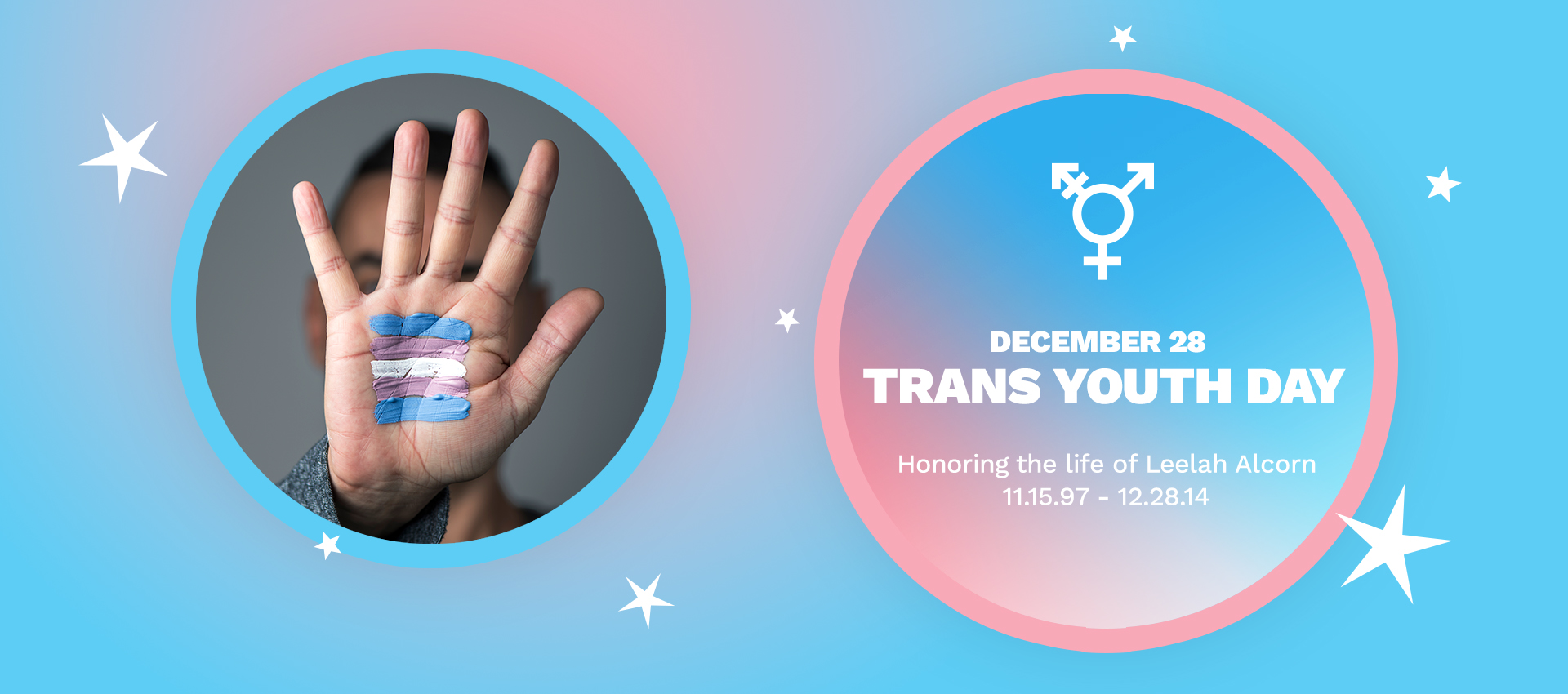5 common sexual health myths
There is a lot of information out there about sex. While there is a lot of good information, there is also false information or myths. This can make it hard to know what to believe. Myths can even potentially be harmful and put you at risk – which is why it is important to debunk them. However, if you ever have any doubts or questions, it’s best to talk to a healthcare provider.
Myth 1: You can’t get pregnant if you pull out or are on your period
The pull out or the withdrawal method is fairly effective in which typical use it is 80% effective at preventing pregnancy. However, it relies heavily on self-control and knowing your body. In addition, pre-ejaculatory fluid (or pre-cum) can contain sperm and, while unlikely, can still result in pregnancy.
During your menstrual cycle, you are the least fertile when on your period. Pregnancy can only occur when you ovulate, which doesn’t occur for about 7 days after your period ends. Meaning it is unlikely to become pregnant if you have sex right before or during your period. However, sperm can live in the body for up to five days after sex. While uncommon, it is possible to ovulate shortly after your period if you have a shorter menstrual cycle.
Myth 2: STIs and HIV can only transmitted when there are symptoms
It is pretty common to not have any symptoms if you have an STI/HIV which can make it more difficult to know if you have one. Even if you don’t have symptoms or know that you have an STI/HIV, you can still pass it on to your partner(s). The best way to know and keep yourself (and others) safe is to get tested regularly and wear a condom.
Myth 3: You can’t get STIs from anal or oral sex
It is often assumed that you can only get an STI from having vaginal sex. This is completely false. You can get an STI from any type of sex which is why it is also important to use condoms when having vaginal, anal, or oral sex. Dental dams are used to protect against only STIs during oral sex of the vagina or rectum. Sometimes STIs can also be passed while using someone else’s sex toys.
Myth 4: You only have to worry about STIs and HIV if you have multiple partners
It is recommended to regularly get tested for STIs/HIV – regardless of how many or few sexual partners you have. There is always a chance of getting an STI if you are sexually active – especially if you and your partner are not in a monogamous relationship. The only person you can rely on is yourself when it comes to protecting your body from STIs/HIV.
Myth 5: Using two condoms provides better protection
While it seems like a good idea to use two condoms to double the protection, it will actually provide less protection! It is not recommended to use two condoms at once since it can cause friction and make it more likely for the condoms to break during sex. When the condoms break, this will increase your chances of becoming pregnant or spreading an STI/HIV.
Unfortunately there is a lot of false information and myths about sex. However, healthcare providers can help address any questions or doubts you have about sex and your body. Take control today by finding a healthcare provider near you!



